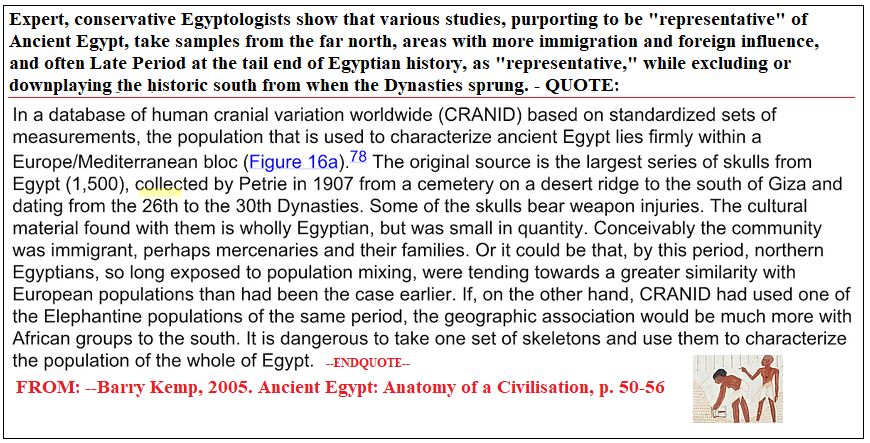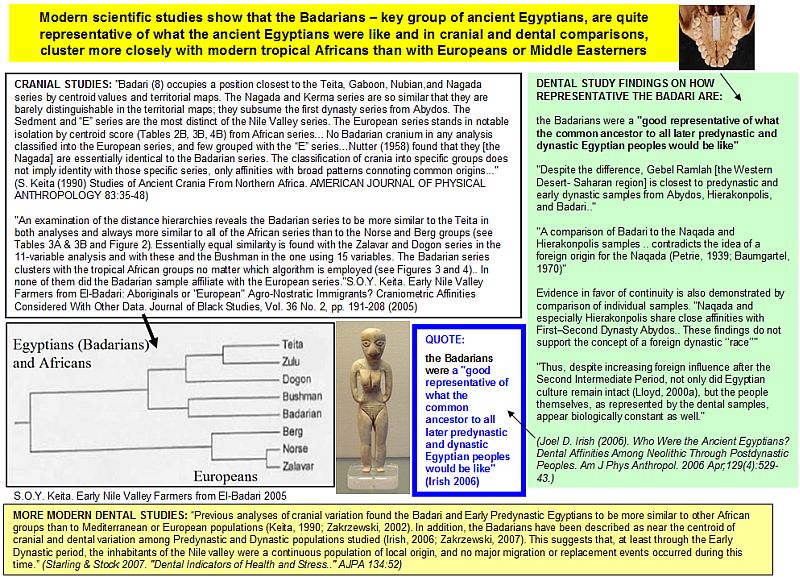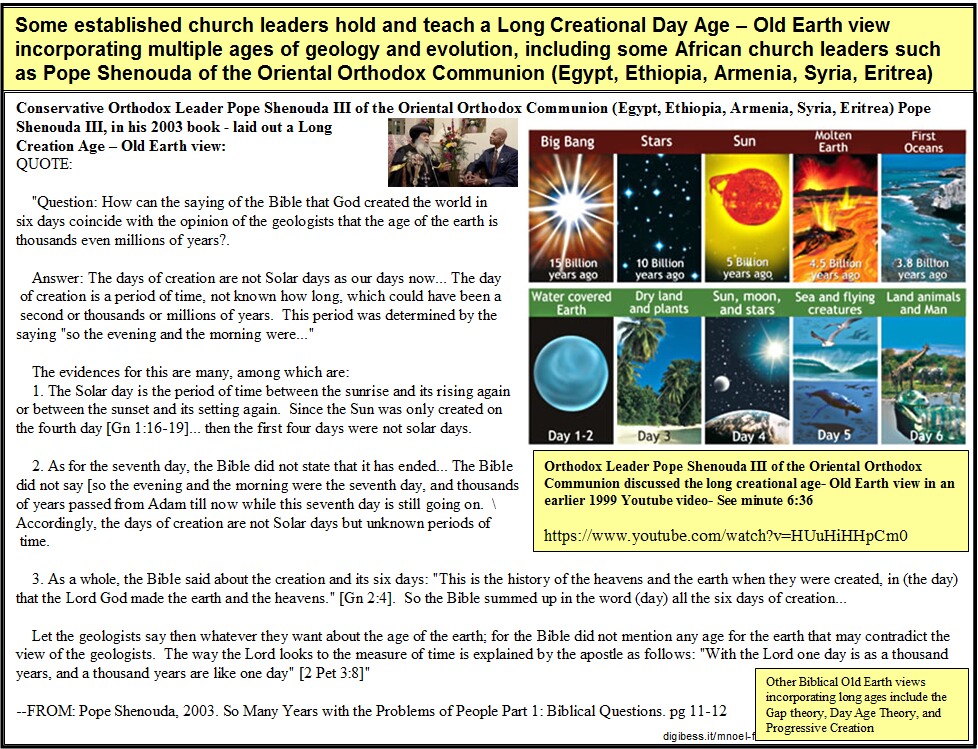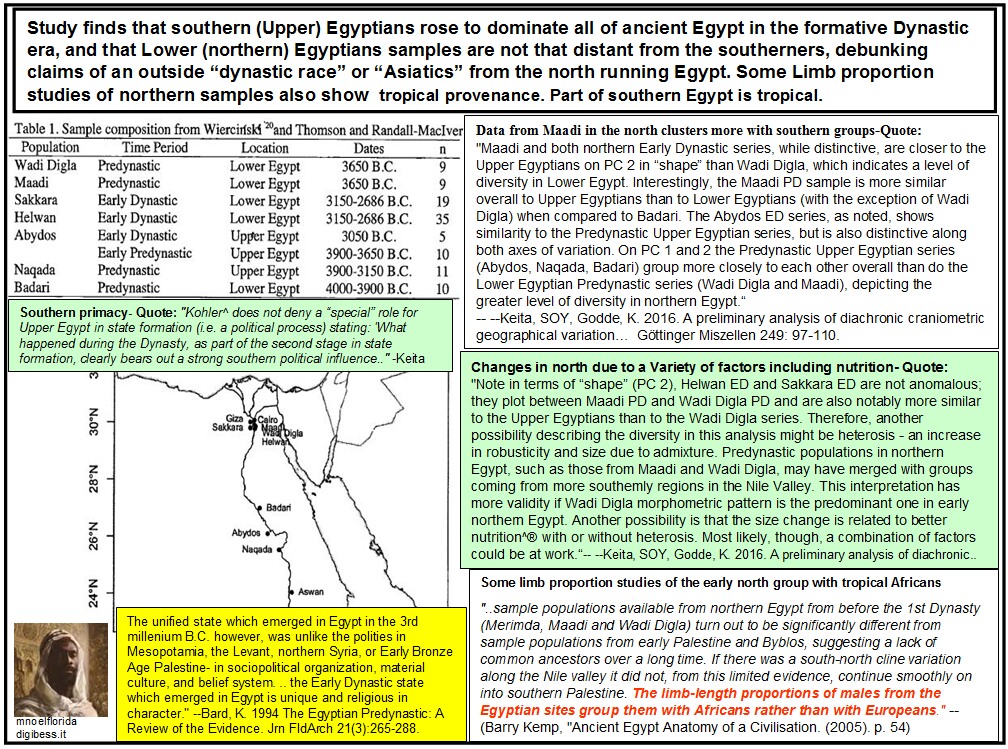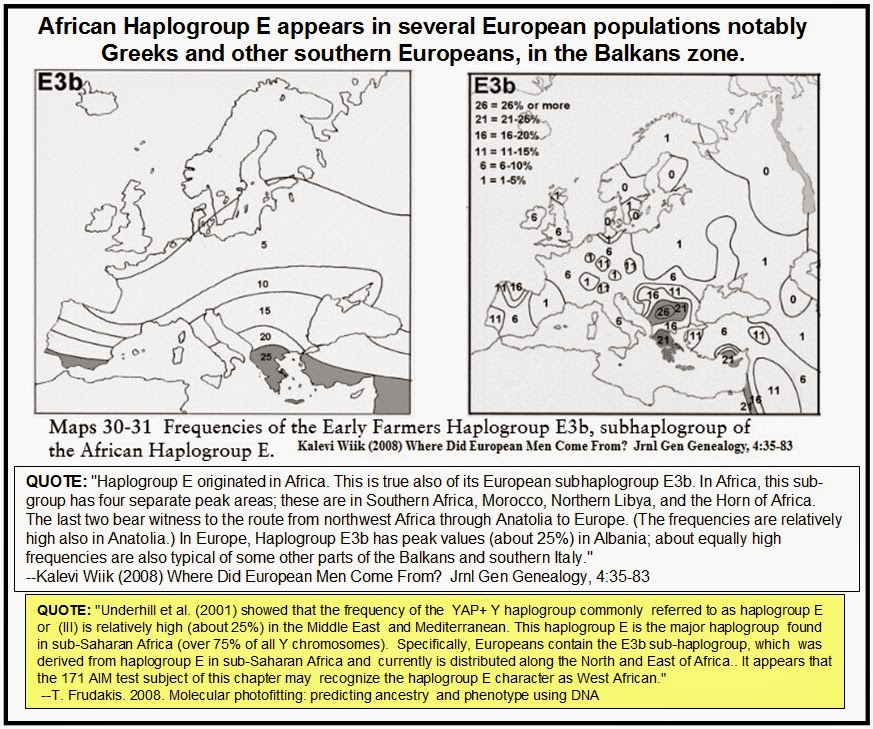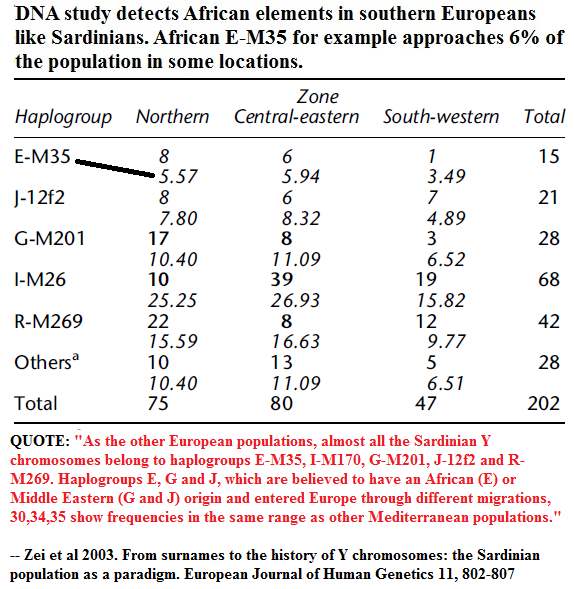Post by zarahan on Jan 5, 2018 1:26:04 GMT -5
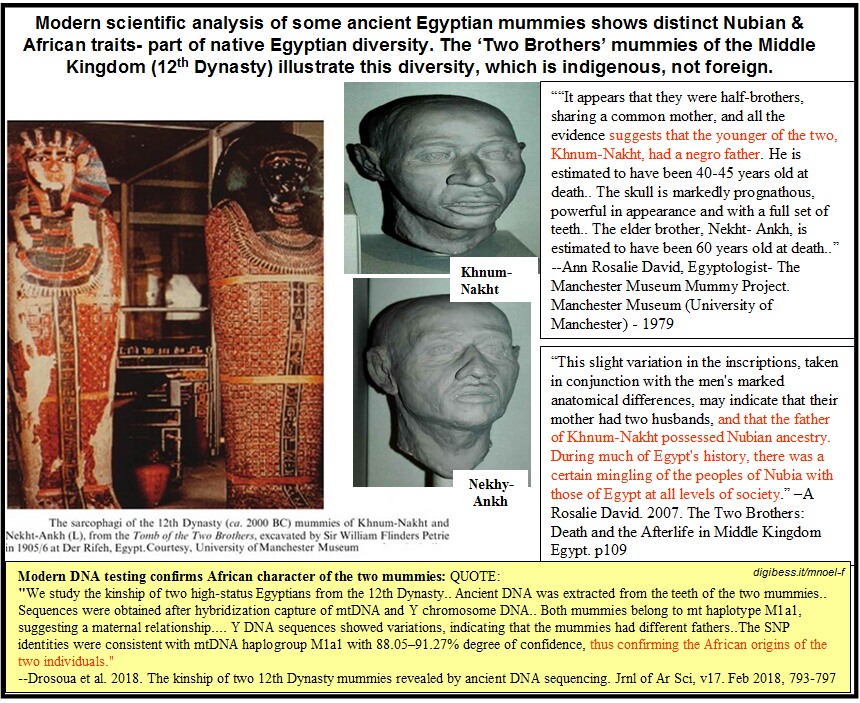
Modern scientific analysis of some ancient Egyptian mummies shows distinct Nubian & African traits- part of native Egyptian diversity. The ‘Two Brothers’ mummies of the Middle Kingdom (12th Dynasty) illustrate this diversity, which is indigenous, not foreign.
“It appears that they were half-brothers, sharing a common mother, and all the evidence suggests that the younger of the two, Khnum-Nakht, had a negro father. He is estimated to have been 40-45 years old at death.. The skull is markedly prognathous, powerful in appearance and with a full set of teeth.. The elder brother, Nekht- Ankh, is estimated to have been 60 years old at death..”
--Ann Rosalie David,Egyptologist- The Manchester Museum Mummy Project. Manchester Museum (University of Manchester) - 1979
“This slight variation in the inscriptions, taken in conjunction with the men's marked anatomical differences, may indicate that their mother had two husbands, and that the father of Khnum-Nakht possessed Nubian ancestry. During much of Egypt's history, there was a certain mingling of the peoples of Nubia with those of Egypt at all levels of society.”
–A Rosalie David. 2007. The Two Brothers: Death and the Afterlife in Middle Kingdom Egypt. p109
Modern DNA testing confirms African character of the two mummies: QUOTE:
"We study the kinship of two high-status Egyptians from the 12th Dynasty.. Ancient DNA was extracted from the teeth of the two mummies.. Sequences were obtained after hybridization capture of mtDNA and Y chromosome DNA.. Both mummies belong to mt haplotype M1a1, suggesting a maternal relationship.... Y DNA sequences showed variations, indicating that the mummies had different fathers..The SNP identities were consistent with mtDNA haplogroup M1a1 with 88.05–91.27% degree of confidence, thus confirming the African origins of the two individuals."
--Drosoua et al. 2018. The kinship of two 12th Dynasty mummies revealed by ancient DNA sequencing. Jrnl of Ar Sci, v17. Feb 2018, 793-797



